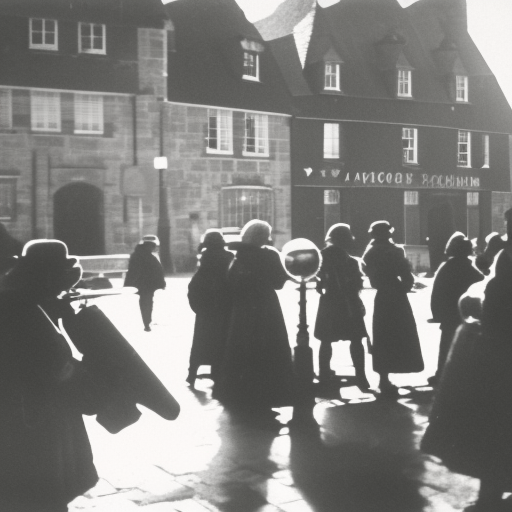The Spanish Armada’s Defeat (1588)
The defeat of the Spanish Armada in 1588 was a significant event in European history that marked a turning point in the balance of power between Spain and England. The Armada, a fleet of 130 ships sent by King Philip II of Spain, was intended to invade England and overthrow Queen Elizabeth I. However, the English navy, led by Sir Francis Drake and Lord Charles Howard, successfully repelled the Spanish invasion, securing England’s position as a major naval power and weakening Spain’s dominance in Europe.
Background:
During the late 16th century, tensions between England and Spain were high. Queen Elizabeth I had supported Protestant rebels in the Spanish-controlled Netherlands, and English privateers, such as Sir Francis Drake, had been raiding Spanish ships and colonies in the Americas. King Philip II of Spain saw the Protestant Queen Elizabeth as a threat to Catholicism and sought to remove her from the throne. He assembled a fleet, known as the Spanish Armada, to invade England and restore Catholicism.
The Spanish Armada:
The Spanish Armada set sail from Lisbon in May 1588, consisting of 130 ships and around 30,000 men. The fleet was commanded by the Duke of Medina Sidonia, a skilled administrator but lacking naval experience. The Armada’s plan was to sail up the English Channel, pick up a Spanish army waiting in the Netherlands, and then invade England.
The English Response:
Upon learning of the Armada’s approach, Queen Elizabeth I rallied her forces and appointed Sir Francis Drake and Lord Charles Howard to lead the English navy. The English fleet consisted of around 200 ships, including faster and more maneuverable vessels known as “race-built galleons.” The English navy also had the advantage of experienced sailors and commanders.
The Battle:
The English navy engaged the Spanish Armada in a series of battles that lasted from July to August 1588. The English ships utilized their superior speed and maneuverability to harass the larger Spanish vessels, preventing them from forming a cohesive line of battle. The English also employed fire ships, which were set ablaze and sent towards the Armada, causing panic and forcing the Spanish ships to scatter.
The Aftermath:
The Spanish Armada suffered significant losses during the battles with the English navy. Many Spanish ships were damaged or destroyed, and thousands of men were killed or captured. The Armada’s attempt to pick up the Spanish army in the Netherlands was also unsuccessful. In September 1588, the remnants of the Armada were forced to retreat to Spain, sailing around the north of Scotland and Ireland.
Impact:
The defeat of the Spanish Armada had far-reaching consequences. It marked the beginning of England’s rise as a dominant naval power and established its control over the seas. The victory boosted English morale and national pride, while also weakening Spain’s position as the dominant European power. It also had significant implications for the Protestant Reformation, as England remained a Protestant nation under Elizabeth I’s reign.
Conclusion:
The defeat of the Spanish Armada in 1588 was a pivotal moment in European history. The English navy’s successful defense against the Spanish invasion secured England’s position as a major naval power and weakened Spain’s dominance. The victory had lasting effects on the balance of power in Europe and the Protestant Reformation. The defeat of the Armada remains a significant event that is remembered as a symbol of English resilience and determination.












